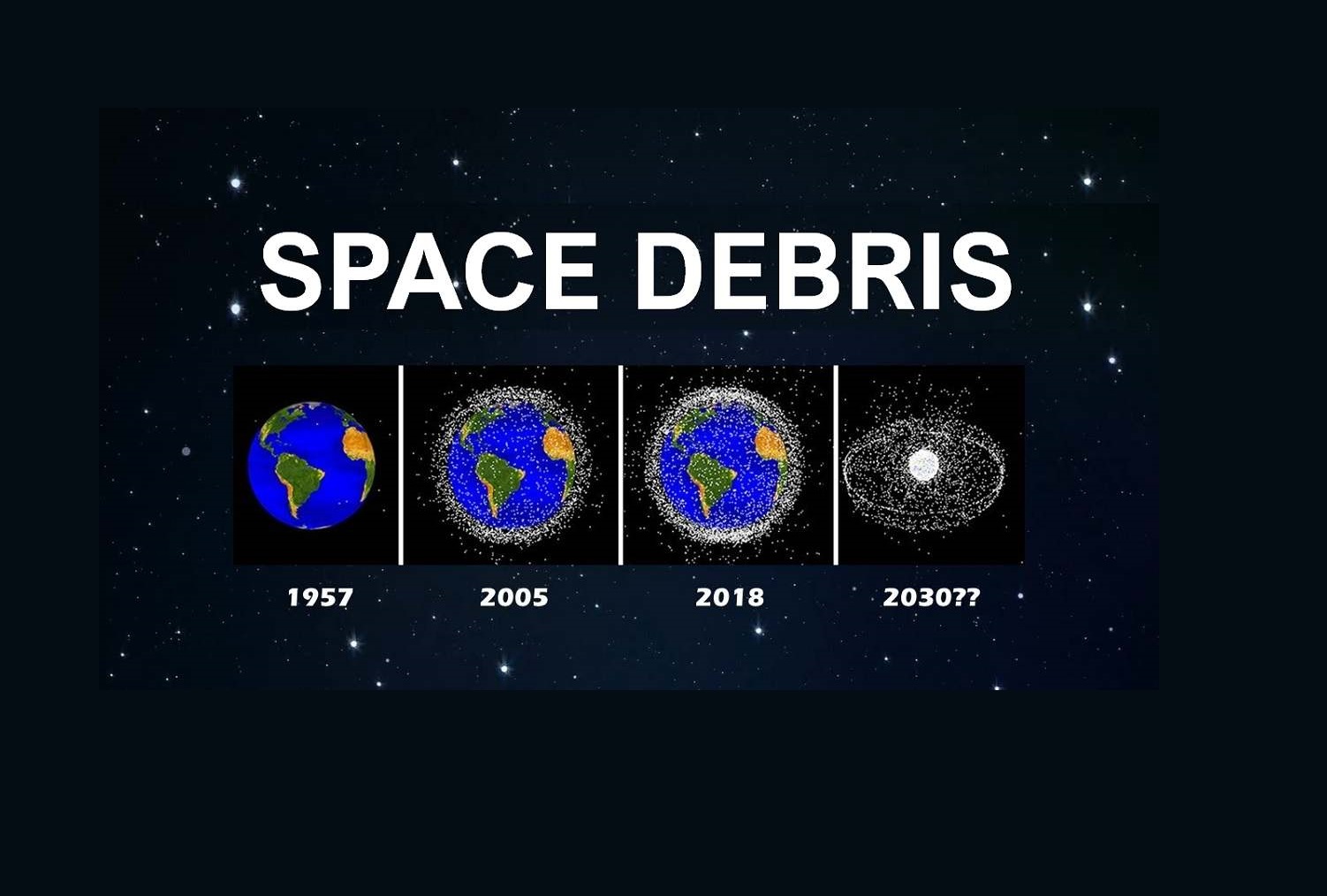In the ever-expanding realm of space exploration, Trisha Saxena, an Investor at Seraphim Space, delves into the pressing issue of space debris and its crucial role in ensuring the long-term sustainability of the growing space sector. This article explores the significance of addressing space debris, the risks it poses, and the innovative solutions being developed to tackle this challenge.
Part 1: The Rise of the Space Sector
The global space sector has witnessed unprecedented growth over the past six decades. With the launch of satellites, space probes, and even human missions, it has become a critical part of our modern world. However, as we venture deeper into space, we face an unexpected challenge – space debris.
Part 2: Understanding Space Debris
In a vast expanse like space, one might assume that there's limitless room for everything. Sadly, this is far from reality, especially in the orbits close to Earth. Earth's orbits are divided into categories like Low Earth Orbit (LEO), Medium Earth Orbit (MEO), and Geostationary Orbit (GEO), each serving different purposes. The consequence of the growing space sector is that these orbits are becoming congested, akin to a crowded city street.
Part 3: The Proliferation of Satellites
The expansion of the space sector has led to the deployment of approximately 7,000 commercial and government satellites. These satellites play crucial roles, from enhancing wildfire predictions to providing constant telecommunications connectivity. The affordability of launching satellites into space has spurred this exponential growth, with projections suggesting that the number of operational satellites could quadruple in the next decade, surpassing 30,000.
Part 4: The Menace of Space Debris
Space debris, consisting of old satellites, launch vehicles, and defunct objects, poses a significant threat. While not all of these objects remain functional, they linger in orbit, creating a hazardous traffic jam for active satellites. NASA estimates that over 27,000 pieces of orbital debris, larger than a baseball, are tracked by the Department of Defense's Space Surveillance Network. Yet, there are potentially hundreds of millions of smaller debris pieces, some smaller than a millimeter, which can still cause significant damage due to their high-speed impact.
Part 5: The Kessler Syndrome
The looming concern is the Kessler syndrome, a scenario where one collision in space triggers a chain reaction of collisions, generating even more debris. This domino effect could disrupt safe space operations in the coming decades, posing a severe threat.
Part 6: Regulatory Measures
In late 2022, the Federal Communications Commission introduced regulations aimed at mitigating space debris. These rules mandate that defunct spacecraft in congested orbits below 2,000 kilometers must be de-orbited within five years of their end of life. This regulation, affecting both US satellites and those sold to the US market, has injected fresh momentum into space debris management efforts.
Part 7: Multi-Pronged Solutions
Addressing the space debris challenge requires a multi-faceted approach. Seraphim advocates a three-pronged strategy:
1. Tracking Space Debris: Identifying the location of space debris is the first step toward effective management.
2. Orbit Management: Moving debris to "graveyard orbits" or safely deorbiting it can free up high-demand orbital space.
3. Repurposing Debris: Transforming space junk into useful materials offers a sustainable, long-term solution.
Part 8: Innovative Companies Leading the Way
Several innovative companies are actively tackling the space debris issue. LeoLabs, for instance, employs a global radar telescope network to track debris as small as 2 centimeters, significantly enhancing data accuracy. Portfolio company Privateer aims to track millions of objects down to ten millimeters in size, combining existing data sources with proprietary space cameras.
Part 9: Taking Action to Mitigate Risks
Beyond tracking, proactive measures are essential. Companies like Astroscale are pursuing Active Debris Removal (ADR) strategies, which involve capturing defunct satellites and relocating them to disposal orbits to prevent future collisions. D-Orbit focuses on relocating unused orbits, reducing collision risks. CisLunar Industries explores recycling space debris into feedstock for in-orbit manufacturing.
Part 10: Ensuring Sustainability
Preserving the sustainability of the growing space sector is imperative. As space's role in climate monitoring, agriculture improvement, and global connectivity continues to expand, we must manage space debris to guarantee the safety and longevity of space activities for future generations.

Comments are closed